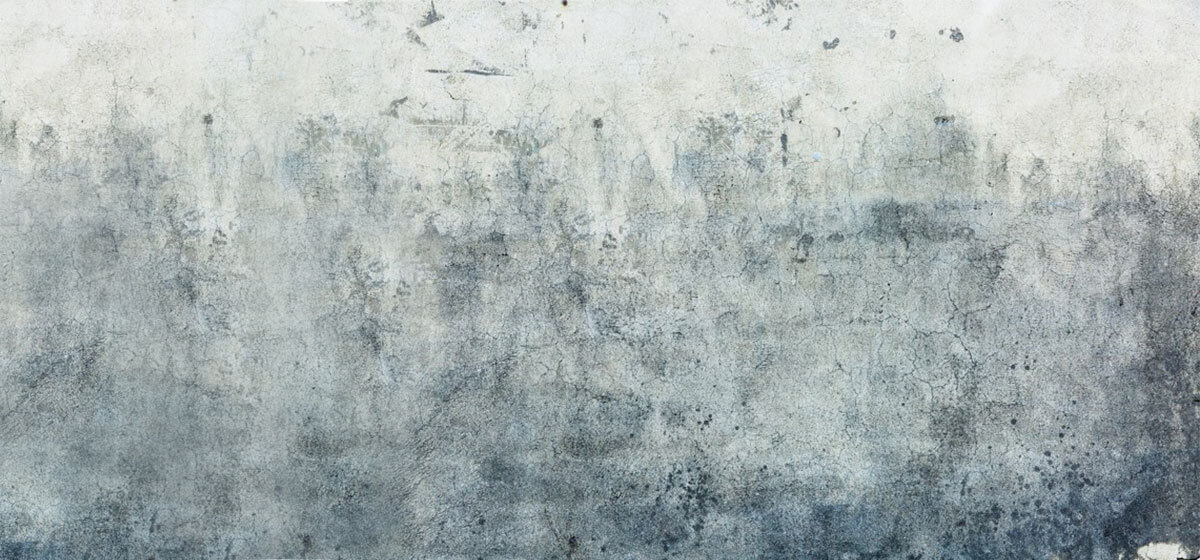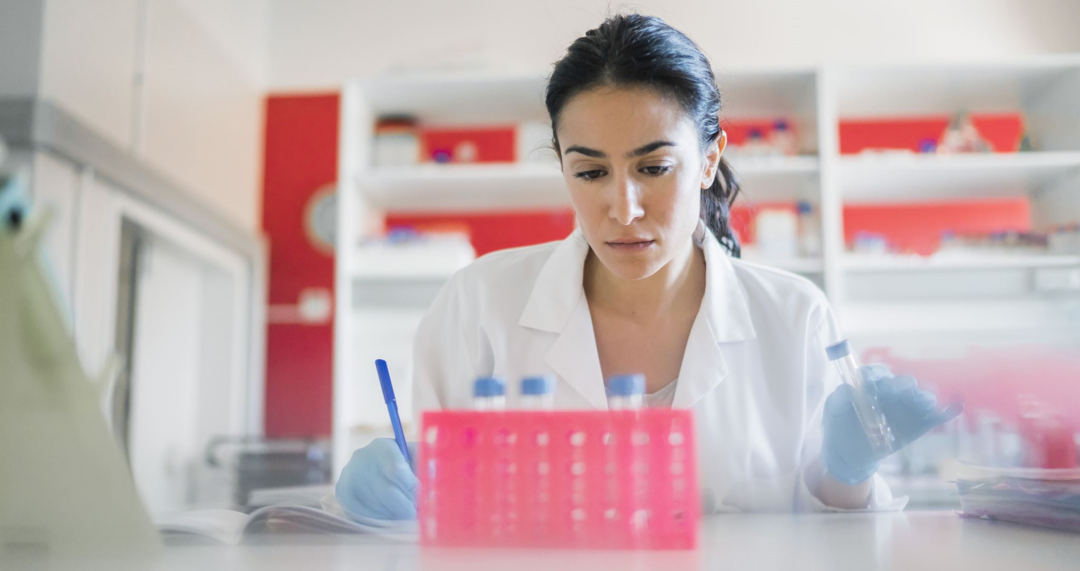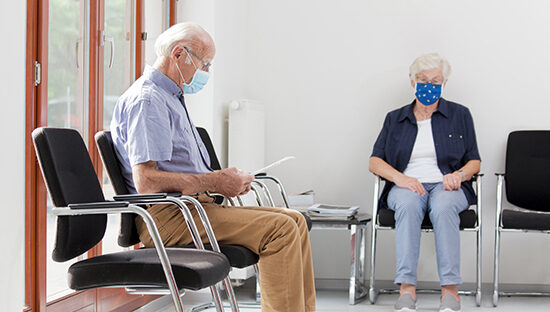
Why do you need a mould and damp survey?
Mould and dampness in commercial and residential buildings can cause or exacerbate health problems including respiratory diseases and infections. In addition, mould and damp can weaken the immune system, which ultimately can cause more health issues. The presence of mould and damp can lead to expensive remedial work on buildings as well as legal claims from occupants whose health has been affected.
For property owners, it is important to establish whether signs of mould and damp are harmful to human health in order to determine whether remedial work is necessary. If a laboratory-based mould survey finds the presence of mould, appropriate remedial work can be taken and if not, any claims can robustly contend in the courts with definitive, reliable evidence.
What is a mould survey?
A mould survey is a laboratory-based scientific process carried out by skilled technicians to determine the presence of mould and dampness. Mould and damp inspections are carried out in a carefully controlled environment and to industry-recognised standards.
A mould and damp surveyor is more thorough than a general surveyor, who may carry out little more than a visual inspection that relies solely on photographic evidence and, in some cases, temperature, humidity and dampness measurements.
How does a mould survey work?
During the mould survey process, 3 different steps are carried out to assess the existing of mould:
- Sample collection
- Microbiological testing and analysis
- Report of findings
Step 1: Sample collection
Our mould sampling technicians visit the property and collect surface and air samples. Surface sampling establishes whether mould is present and growing within the structure of the building, while air sampling determines the likelihood of airborne mould spores that might be inhaled.
Step 2: Microbiological testing and analysis
The samples are delivered to our independently owned and managed UKAS-accredited laboratory in Peterborough, UK where they are subjected to microbiological testing via incubation and analysis.
Step 3: Report of findings
On completion of the tests a QC checked and signed report will be compiled containing microbiological evidence, augmented by images of sample locations and laboratory growth results. This definitive proof will verify what action – if any – is required and will stand as admissible evidence in a court of law.

Why choose Test Labs for your mould survey?
· Certified service
As a UKAS-accredited testing laboratory, we have been and will continue to be independently assessed by authorised accreditation bodies who possess the expertise and competency to audit and certify us against international standards. This gives our customers confidence in Test Labs to produce repeatable, accurate and reliable results on which they can then use to base their decisions.
· Rigorous mould and damp inspection, testing and reporting
All sample collection, testing and analysis is carried out according to the principles of BS EN 17141:2020 and BS EN ISO 14698-1:2003.
· Post-remediation validation services
If a mould and damp survey reveals the presence of harmful spores, Test Labs can carry out further surface and air sampling tests to validate claims that all remedial work has been carried out to a satisfactory standard.
These samples will be subjected to the same testing and analysis as the originals and if the remedial work has been successful, the subsequent report will support it with images of sample locations and data.
Contact us today
If you are concerned by the signs of damp or mould in your building or are facing claims from occupants or residents of your property relating to mould or damp-related illnesses, you can get free, no-obligation advice today from Test Labs by calling 020 3813 0969, emailing info@testlabsuk.com or using our online contact message service.


